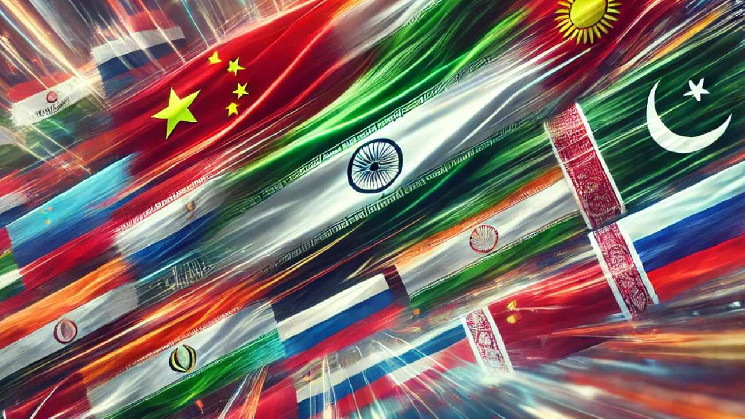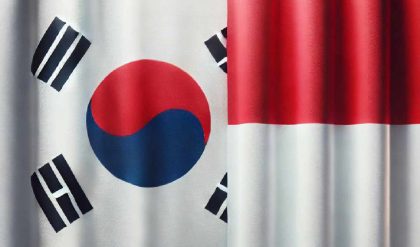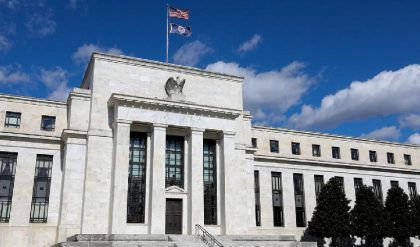
Payments in national currencies among Shanghai Cooperation Organization (SCO) members have reportedly increased from 40% in 2022 to 92%, signaling a move away from reliance on the U.S. dollar. Similar to the BRICS economic bloc, the SCO, which includes Russia, China, India, and recently added Iran, is encouraging the use of local currencies to strengthen economic ties and promote a multipolar world order.
SCO Members Shift to National Currencies for Payments
Russia’s Deputy Minister of Economic Development Dmitry Volvach announced at a press conference in Moscow on Thursday that payments in national currencies among Shanghai Cooperation Organization (SCO) members have sharply increased. Volvach noted:
In 2022, the share of national currencies in payments between SCO member states amounted to 40% … whereas now it totals 92%.
He highlighted the significant shift in how member states conduct financial exchanges, pointing out that the reliance on national currencies has grown substantially over the past year.
The SCO, established on June 15, 2001, in Shanghai, initially included Russia, Kazakhstan, Kyrgyzstan, China, Tajikistan, and Uzbekistan. In 2017, India and Pakistan also joined the organization. Iran, after applying in 2008, became a full member in July 2023. Additionally, Belarus signed a memorandum at the New Delhi summit in June, aiming to gain full membership. Including dialogue partners and observers, the SCO now encompasses a total of 26 countries.
Both the SCO and BRICS have been actively promoting the use of national currencies to reduce reliance on the U.S. dollar in global trade. BRICS is an alliance that includes Brazil, Russia, India, China, and South Africa, along with recently added members Argentina, Egypt, Ethiopia, Iran, Saudi Arabia, and the United Arab Emirates (UAE).
The organizations, which share several member countries, have stepped up efforts to strengthen economic ties and promote a multipolar world order by increasing the use of local currencies in trade and investment. This week, China and Russia enhanced their cooperation in currency and finance within the BRICS framework after a meeting between Chinese Premier Li Qiang and Russian Prime Minister Mikhail Mishustin. They agreed to use local currencies, improve payment infrastructure, and boost mutual investments, while also advancing collaboration in artificial intelligence, sustainable development, and global governance.






